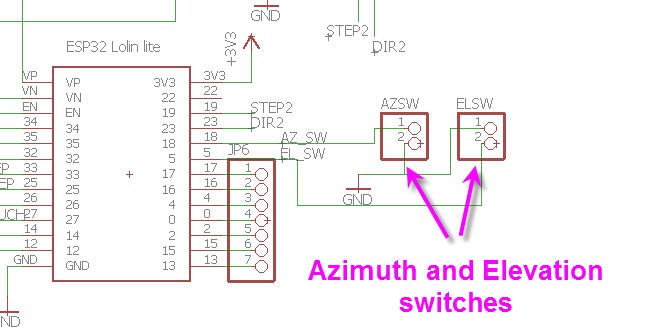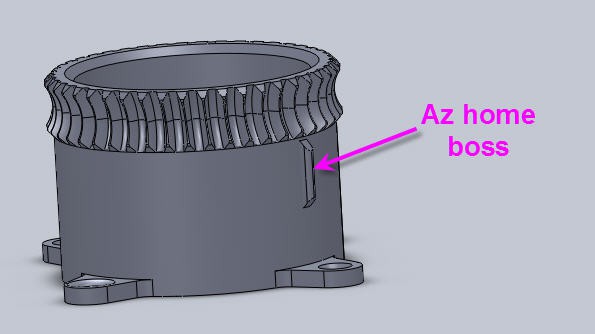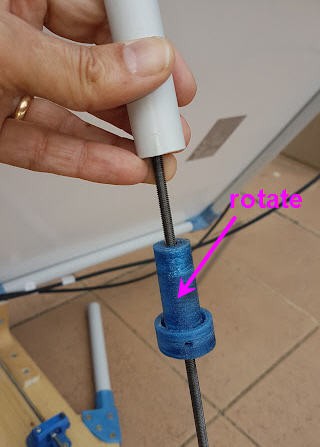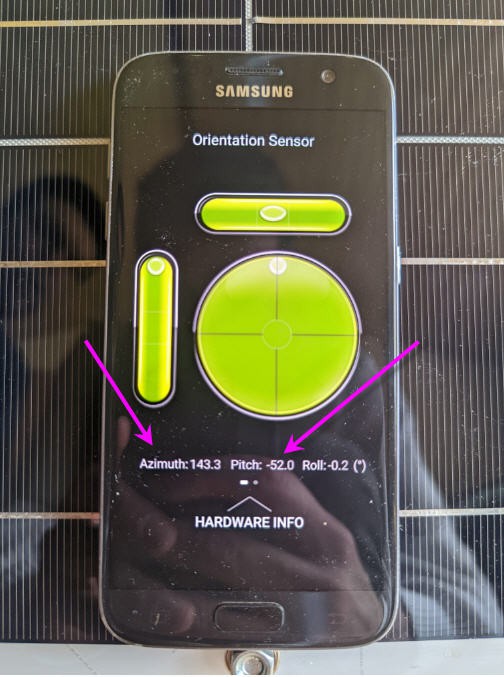What is the panel Azimuth what is the panel Elevation, these are the two questions the ESP32 firmware is asking... before moving to new sun angles.
We do need a way to tell the firmware these answers. Classically any CNC machine or any 3D printer asks the same questions and implements a so call "homing strategy" using bed probes or home switches. You just move the axis one by one until you reach the home switch.
On my SolarTracker board I have thus added "home switches" headers in order to connect "switches" or any other sensor to perform homing.

Similarly the Azimuth gear has a "boss" that could hit a switch to tell the firmware that it is at the homing position for Azimuth.

But the fact is that currently I haven't yet implemented these features... And it is not a matter of difficulty, but rather a matter of simplicity of operations !
Homing the system could be rather long as you would have to rotate Azimuth for example to the south and elevation to the max angle (70°). This could take several minutes...
I wanted something simpler and much more rapid.
For the Azimuth when you start the system it is so simple to point the panel directly to the sun.... And as my lazySusan design allows a full 360° free rotation, there is no need to fix a home point !
For the elevation angle you can also disengage the lead screw, you can rotate it manually in order to get the right elevation angle.

As this is working sooo well, I will even add a few more features in the software :
- modify the MPPT Androdi App to add sun angles computation and display for the current time and latitude longitude
- allow a touch pad during boot time (after manual reset) to tell the firmware that you are calibrated and can start motion from this position
By the way, there are a lot of "sensors Applications" on the GooglePlay that you can use to precisely know the panel elevation and azimuth angle. Example "sensor box" for Android
Sitting your phone directly on the panel you can have the exact values for Azimuth and Elevation (complement to 90°)

 JP Gleyzes
JP Gleyzes
Discussions
Become a Hackaday.io Member
Create an account to leave a comment. Already have an account? Log In.